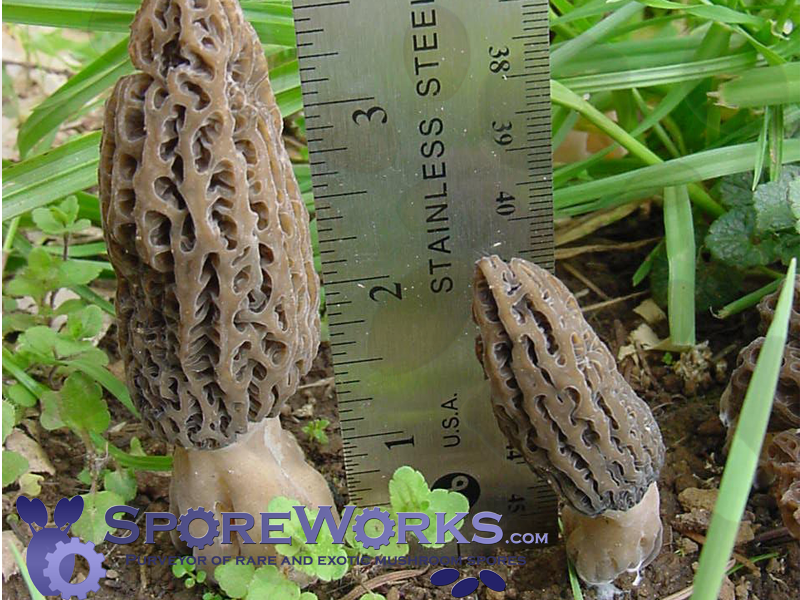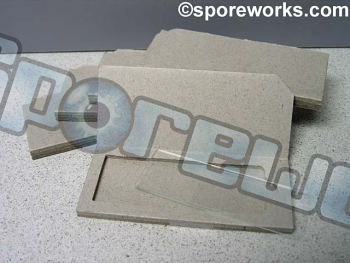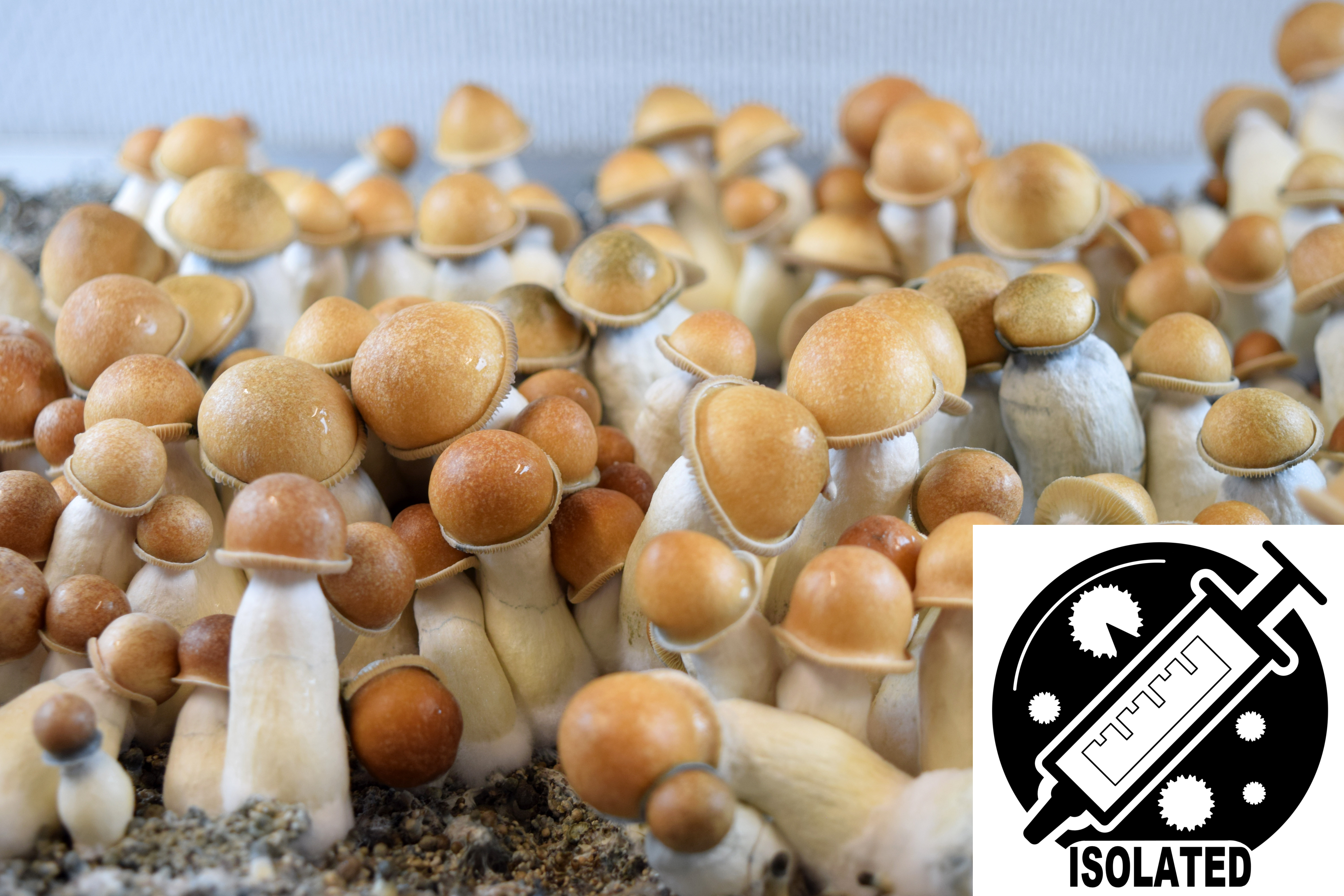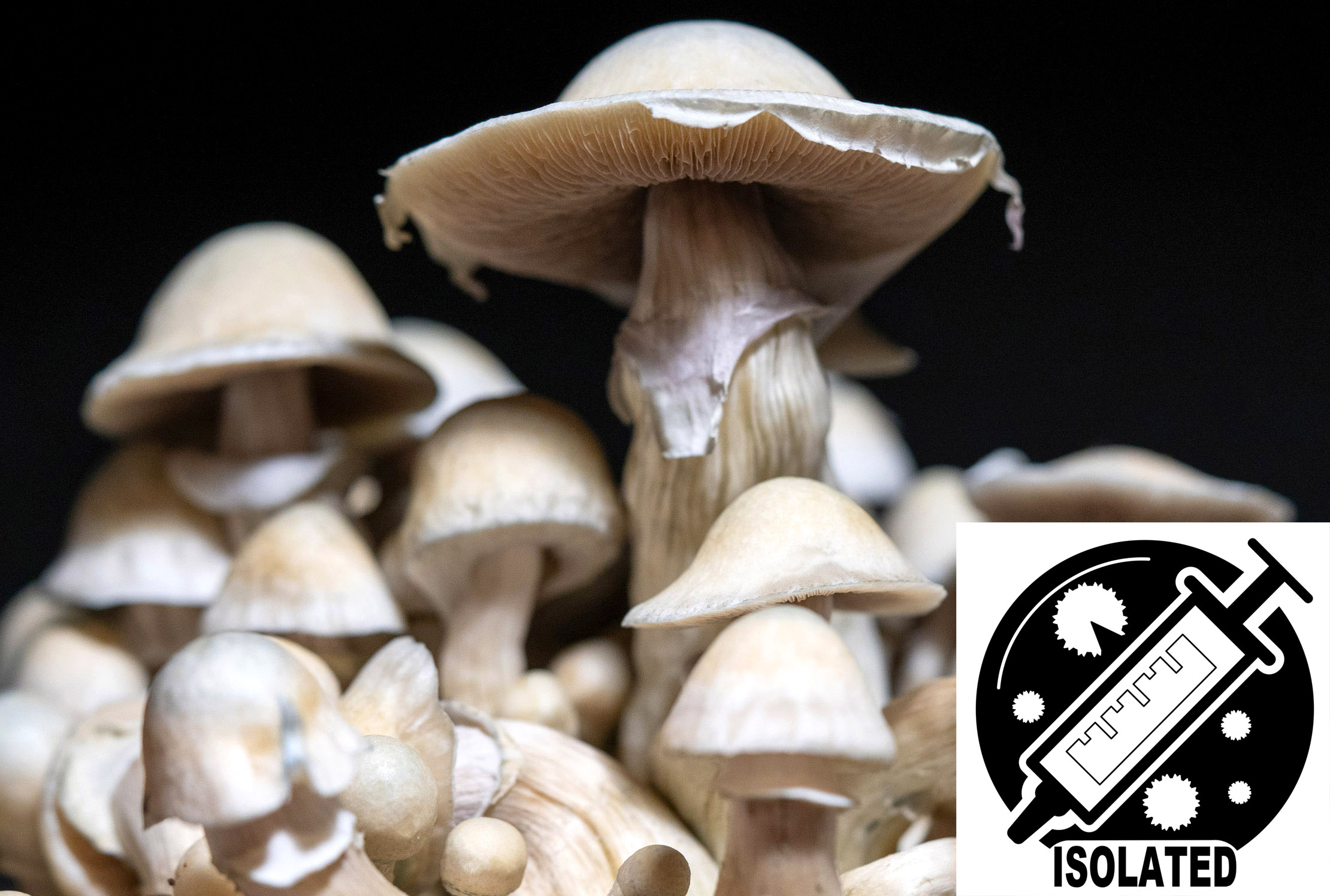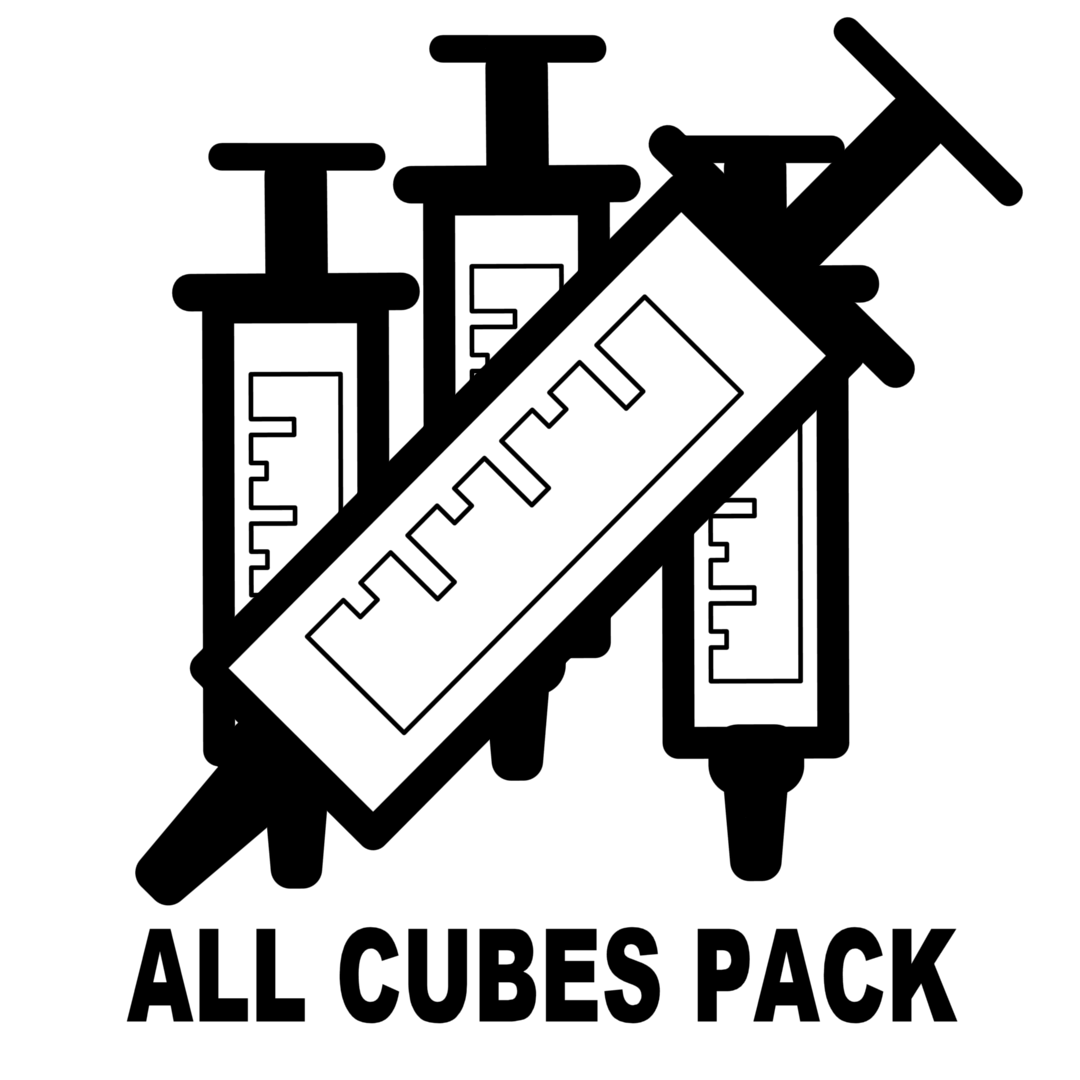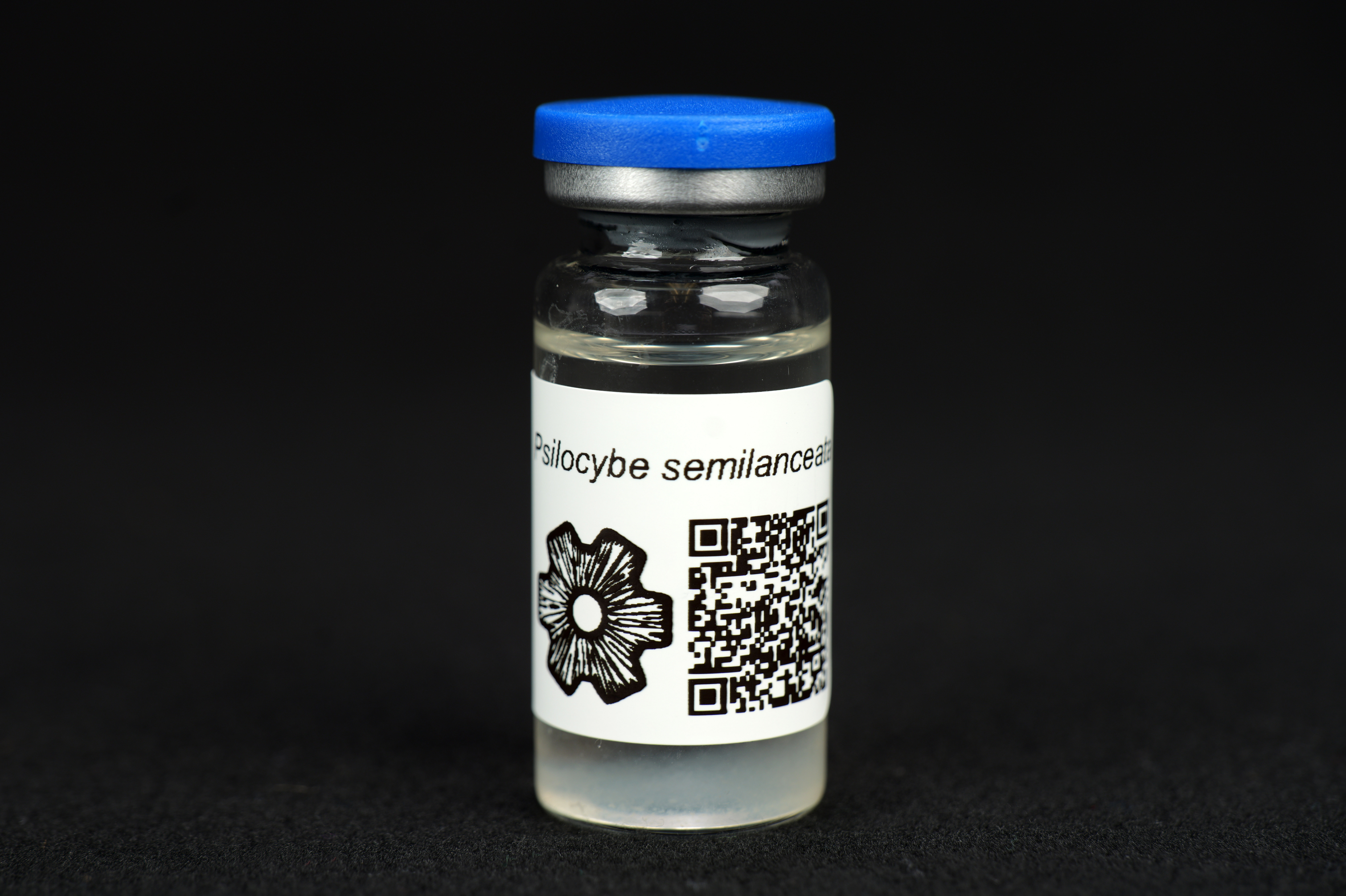Morchella importuna : Black Landscape Morel Mushroom Culture Slant
Description
|
Culture supplied as living mycelium in a test tube slant. Culture can be stored under refrigeration for several months. Slants are best suited for long distance travel, or long term culture storage. To ensure freshness of culture, slant requests are made to order, please allow 2-4 weeks for processing and shipment. Substrate: Grass seed, hardwood sawdust
Landscape morels are considered good candidates for cultivation since they don't appear to be dependent on seed plants for fruiting. Morchella importuna is fairly common in the northwest of North America with unconfirmed reports in the Midwest and East. It is usually found in gardens, planters and landscaping sites in early spring. The formation of sclerotia is widely accepted as the preliminary stage to the formation of morel mushrooms. A morel sclerotium is a hard mass of compressed mycelium that forms underground during the late spring and summer. It is thought to be a dormant structure in the morel lifecycle that allows it to over-winter. The sclerotium can then quickly spring to life with the warm spring rains. Current successful cultivation method: Using a presealable MycoBag(TM) with self-healing injection port, place a cup or so of soaked and well drained grass seed on the bottom near the injection site and a thick layer of moist hardwood sawdust on top. Seal with an impulse sealer and sterilized at 15psi for 2-3 hours. After cooling, inject the culture syringe into the grass seed and let it colonize at 60-65F for at least 3 weeks. Do not mix the grass seed with the sawdust. The morel mycelium will feed on the grass seed and use that energy to grow sclerotia in the nutrient poor sawdust. There should be plenty of the small orange sclerotia visible before planting outside. In November-January, dig a small depression in a shady garden area and sprinkle it heavily with garden lime. Dump out the sawdust layer into the depression and cover it with garden soil mixed with a few handfuls of lime and ignore it. With luck, morels will appear in the spring. Alternative methods recommend mixing wood ash with the sclerotia as black morels are often associated with burn sites. This was not attempted with this strain. The above method can be attempted with jars but the grass seed should be placed on top of the sawdust instead of the bottom.
We would be interested in any reports of success with this culture. |

